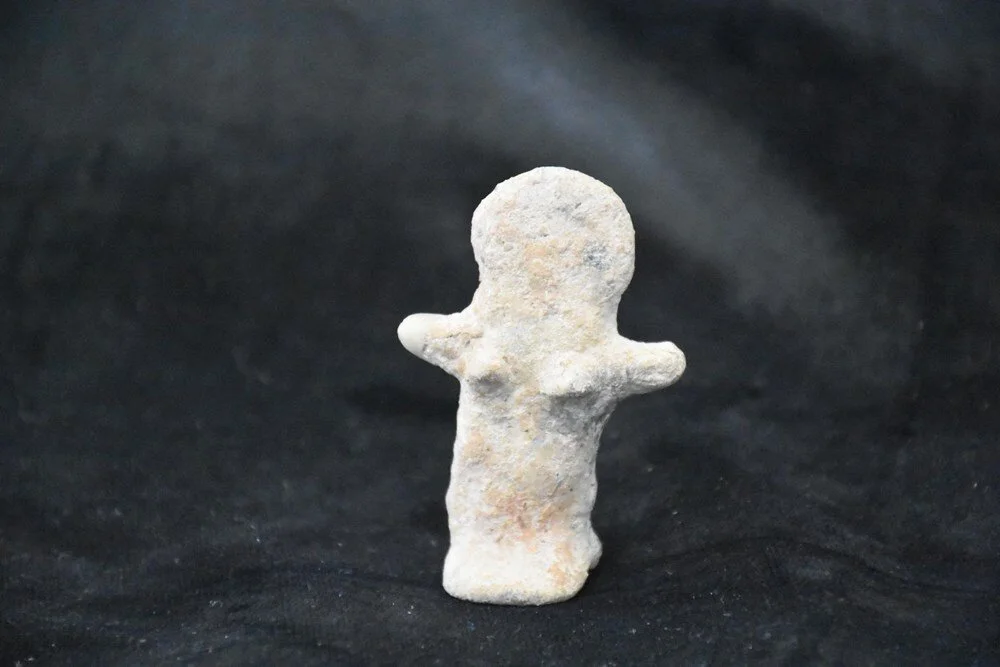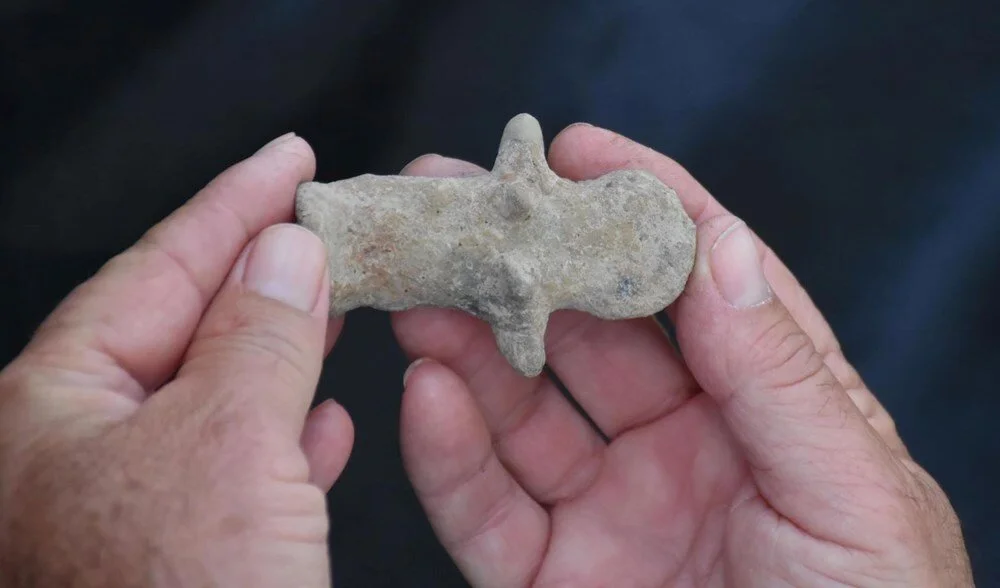
The 5000-year-old goddess figurine was found at Yassıtepe mound
A 10-centimeter goddess figurine made of baked clay, estimated to be 5000 years old, was found in the excavations of Yassıtepe mound (also known as Yeşilova mound).
Yassıtepe mound, located within the boundaries of Kazım Dirik neighborhood in Bornova District, is situated in an area between Forum Bornova (a shopping mall), Manda Creek, and the Çanakkale Highway, among villas.
This mound is of medium size, slightly elevated, and with a flattened top. Part of the mound has villas constructed upon it. Yassıtepe mound stands as one of the mounds that has survived to the present day, situated on the Bornova Plain, where the urban culture of Izmir emerged.
The archaeological excavations at Yassıtepe mound are being led by Associate Professor Dr. Zafer Derin from the Department of Archaeology at Ege University’s Faculty of Arts.
📣 Our WhatsApp channel is now LIVE! Stay up-to-date with the latest news and updates, just click here to follow us on WhatsApp and never miss a thing!!

The excavations at Yassıtepe mound, which has an 8500-year history, have uncovered traces of nine ancient villages. Additionally, numerous remnants dating back thousands of years, such as sea bream, sea snail, oyster, and mussel shells, have been discovered.
Associate Professor Dr. Zafer Derin, the head of the excavation, stated, “One of the significant artifacts recovered from Yeşilova excavations at Yassıtepe is a baked clay female figurine, depicted naked, with her hair tied at the back. The fact that this artifact emerged from a settlement that is 5000 years old is significant. What’s even more crucial is the existence of similar figurines on the island of Lesbos (Midilli) in the Aegean. More of these figurines are found in Thermi, Lesbos. However, the artifact we found belongs to a period 500 years earlier than those in Lesbos. This artifact demonstrates that there was cultural interaction towards the North Aegean Islands and even towards the Balkans.”

Dr. Derin explained, “The artifact is 10 centimeters tall and made of baked clay. The figurine depicts a goddess with her arms stretched out to the sides, exposing her breasts. Her hair is in a thick bun gathered from the back. It can stand in a pedestal-like manner when placed on a surface. It symbolizes fertility. It’s a bit different from Anatolian goddesses depicted as women. This one is made more delicate and refined.”
You may also like
- A 1700-year-old statue of Pan unearthed during the excavations at Polyeuktos in İstanbul
- The granary was found in the ancient city of Sebaste, founded by the first Roman emperor Augustus
- Donalar Kale Kapı Rock Tomb or Donalar Rock Tomb
- Theater emerges as works continue in ancient city of Perinthos
- Urartian King Argishti’s bronze shield revealed the name of an unknown country
- The religious center of Lycia, the ancient city of Letoon
- Who were the Luwians?
- A new study brings a fresh perspective on the Anatolian origin of the Indo-European languages
- Perhaps the oldest thermal treatment center in the world, which has been in continuous use for 2000 years -Basilica Therma Roman Bath or King’s Daughter-
- The largest synagogue of the ancient world, located in the ancient city of Sardis, is being restored











Leave a Reply